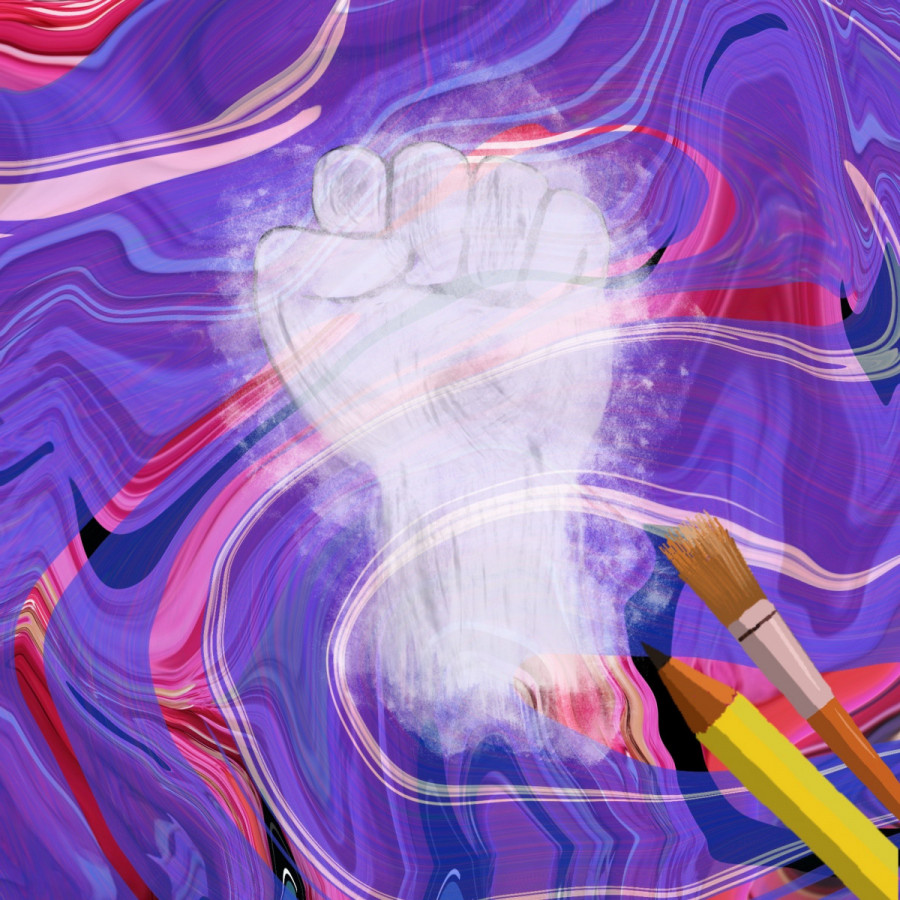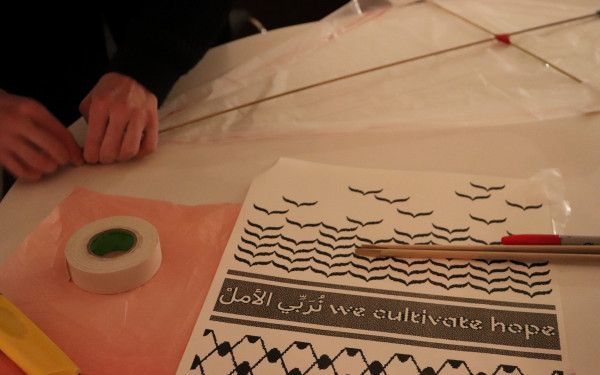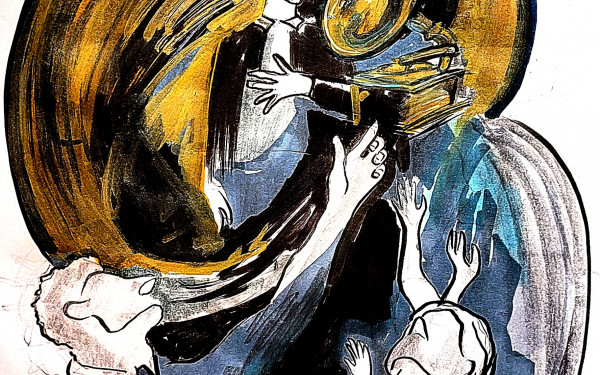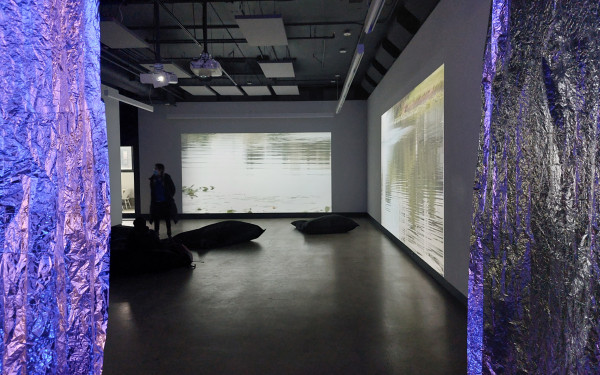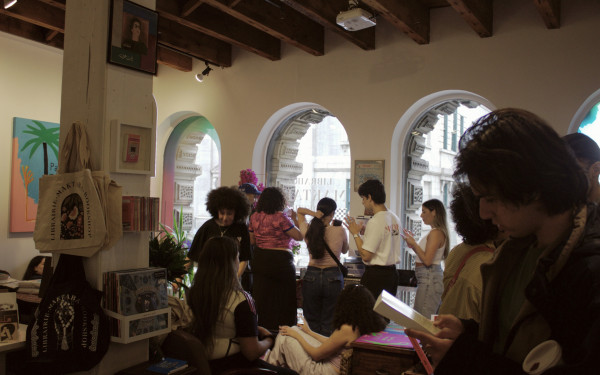The role of art in supporting marginalized voices
How political art serves as a medium to challenge the status quo.
With files from Anthony Issa
Art is inherently politicized. It plays a role in supporting marginalized voices and spreading awareness to issues involving oppressed communities.
But most importantly, it's a tool for advocacy.
This commitment is vital, especially when current support for political solidarity has led to repercussions, such as the suspension of a doctor from the University of Ottawa for his pro-Palestinian stance.
This incident is not isolated, as employees and students across Canada are also losing their jobs by showing support for Palestine.
The reluctance of major art institutions to engage with politically sensitive topics is also a case in point.
Cinéma du Parc, a larger and well-known film venue, came under fire for its decision to cancel screenings of films depicting life in Palestine by the Lebanese director Jocelyne Saab.
These films, intended to raise funds for Gaza support associations, were luckily shown by La Sala Rossa on Jan. 17, in a commendable act of defiance and solidarity.
Holding Larger Institutions Accountable
It is thanks to Montreal’s vibrant art scenes of cinemas, museums, galleries, and art collectives, that minorities can still have a voice.
These grassroots activist and solidarity-based communities, which are rooted in anti-colonial resistance, play a major role in providing inclusive perspectives that value diverse cultures and ideas.
This form of political resistance with La Sala Rossa as a recent example holding fundraisers and art displays dedicated to Palestine, has not only the power to bridge cultural and linguistic divides, but also to foster a mutual understanding when injustice happens to another community.
And this perspective is shared amongst many members of diaspora groups in the city.
Maral, an Armenian artist from Montreal who was interviewed by The Link, explained that her art delves into the profound and often overlooked issue of ethnic cleansing among the Armenian people in Artsakh.
Through her artistic expression, she conveys the deep suffering and injustice experienced by her community– bridging emotional connections with a broader audience, which fosters a deeper understanding and sense of empathy from people unaware of Armenian history and who might not have previously known about their genocide.
However, bigger art organizations like Cinéma du Parc, are too afraid to cause political discomfort among their clients.
They exemplify the prioritization of profit and image over human life when displaying different perspectives on screen that might challenge viewers is deemed too controversial. It leads to self-censorship and compliance with, in this instance, the normalization of a Genocide, because speaking out about it might hurt the owner of the Cinema du Parc’s bottom line.
This compliance with the status-quo, emphasizing art as an apolitical force, does not work. It does nothing but legitimize the exploitation of others under capitalism in order to entertain the masses instead of valuing human rights and freedom of expression.
Decolonizing Western Hegemony
Politics through the lens of art bridges cultural and linguistic divides, fostering a sense of mutual understanding.
Showcasing the work of artists from diverse backgrounds forces the audience out of seeing the same three white male directors over and over again. It does so by challenging internal biases, which for a large number of people in North America, is often based in white supremacy and Western hegemony.
Regards Noirs, an independent Black cinema initiative based in Montreal, is a testament to the power of inclusivity and how better representation in the film industry breaks down ingrained stereotypes we have of non-western communities.
It provides a platform to Black artists, filmmakers, and particularly those from marginalized genders, who have historically led the charge in independent cinema both on the continent and within the Black diaspora.
The founders of Regards Noirs use their platform in this way. Filmmaking mainly caters to white artists with ample resources and financial backing. However, grassroots groups with a holistic and nurturing approach to art are proving that there are alternatives to traditional methods of promoting work that are not steeped in privilege and class.
While grassroots organizations have smaller platforms and budgets, being an alternative model for filmmaking allows Regards Noirs to portray the ideas, lives, and societal structures of Black communities and communities from the Global South. Western audiences get a holistic and authentic representation of non-Western cultures and societies.
The role of art is paramount in supporting marginalized voices. It serves as a powerful tool for oppressed communities, offering a platform for expression and empowerment across various mediums. In highlighting these issues, we must question the role of art, education, and professional environments in supporting or stifling political solidarity and human rights.
It is imperative that artists, as well as their audience and political activists, cultivate a sense of community as a method of resisting oppression, and platform the voices that have been left unheard.
This article originally appeared in Volume 44, Issue 11, published March 5, 2024.

